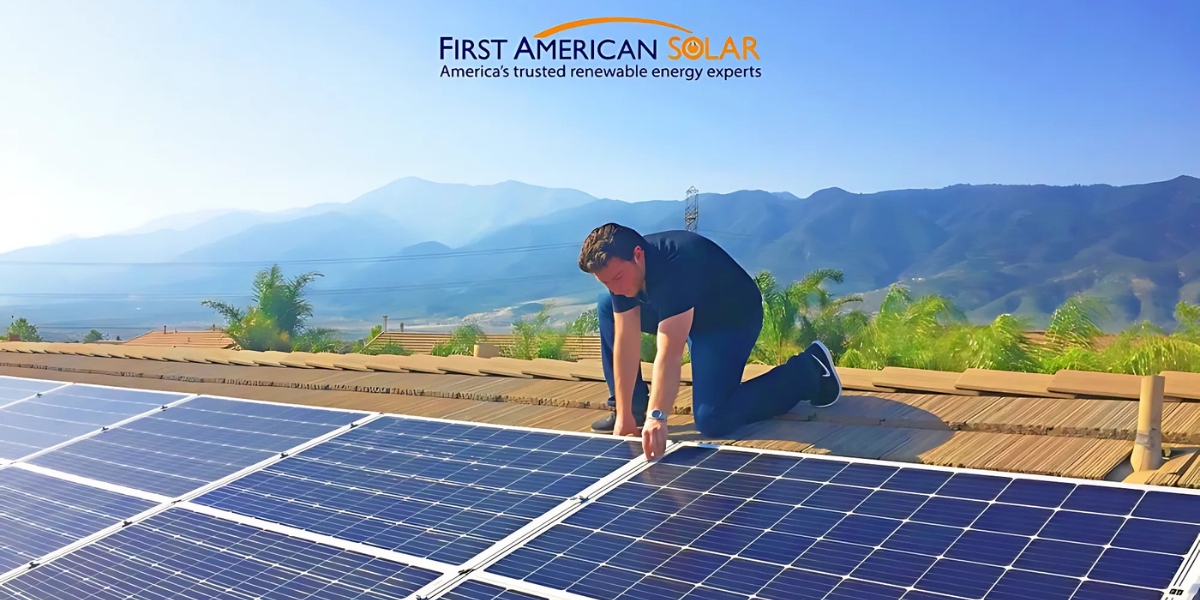Introduction to Advanced Fabric Technologies
Fabric technology has vastly progressed in recent years, bringing innovative textiles that deliver enhanced performance, sustainability, and comfort. These advanced textiles are not just about aesthetics; they offer functionality that caters to the dynamic needs of modern consumers. One such innovation is spandex material, which offers fantastic flexibility and durability. This fabric’s elasticity and resilience make it an ideal choice for activewear and fashion-forward designs.
The fashion industry is increasingly adopting these advanced materials, setting a new standard for what fabrics can achieve. The integration of technologies into textiles has resulted in fabrics that are not only smart but are also engineered to respond to specific environmental stimuli, providing a bespoke experience for the wearer. For instance, some fabrics can change color or patterns based on temperature or light exposure, offering practical solutions and customizable aesthetics.
Benefits of Innovative Textiles
Innovative textiles offer multiple benefits. Enhanced comfort, durability, and functionality are among the main advantages. These textiles are designed with the end-user in mind, aiming to provide superior performance in various activities, from athletic wear to everyday fashion. For example, moisture-wicking fabrics can keep athletes dry and comfortable, while antimicrobial treatments can keep fabrics fresher for longer by preventing the growth of odor-causing bacteria.
Moreover, the versatility of these textiles means they can serve a variety of sectors. From high-fashion runways to medical applications, innovative fabrics are making significant strides in various sectors, providing customized solutions that traditional textiles simply cannot match. In the healthcare industry, for example, fabrics are designed with embedded sensors that can monitor patients’ vital signs, offering a seamless integration of functionality and convenience.
Sustainability in Modern Fashion
Modern fashion is increasingly focusing on sustainability. Advanced textiles often use eco-friendly materials and processes, making them a well-liked option for those who care about the environment. For instance, many brands leverage recycled fibers and dyes to create sustainable fashion trends. The industry is seeing a shift towards circular fashion, where the lifecycle of a garment is considered from the design stage to minimize waste. This concept emphasizes designing for durability, easy recycling, and end-of-life solutions that repurpose materials to reduce landfill waste.
In addition, reducing water consumption in fabric production and using biodegradable materials are also contributing to a more sustainable fashion industry. These initiatives lessen the environmental impact while resonating well with consumers who prioritize sustainability when making purchasing decisions. Eco-friendly fabrics often come with certifications from recognized organizations, ensuring consumers can make informed purchase choices. Brands also adopt transparent practices, sharing details about their supply chains and production methods.
Real-Life Examples
The impact of advanced textiles can be seen in various industries. In sports, breathable and moisture-wicking fabrics enhance performance and comfort. Meanwhile, luxury brands are adopting innovative fabrics that combine style with functionality in fashion. The rise of smart textiles that can monitor health metrics exemplifies the versatility of modern fabric technologies. These advancements particularly benefit athletes, providing fabrics that adapt to their needs during intense physical activity.
For instance, sports brands now use fabrics that can adapt to temperature changes, providing added comfort to athletes in varying weather conditions. These textiles can wick away moisture and regulate body temperature, helping athletes maintain peak performance. In healthcare, fabrics embedded with sensors are being used to monitor patients’ vital signs, showcasing a blend of fashion and functionality. These smart fabrics can continuously collect data, allowing for real-time health monitoring without the need for intrusive devices.
Future Trends in Fabric Technology
The future of fabric technology looks promising, with continuous advancements paving the way for newer innovations. The possibilities are endless, from smart textiles that can interact with the environment to fabrics that offer superior protection. Staying updated with trends is crucial for industry professionals and consumers alike. Notably, experts predict a significant shift towards even more sustainable and multifunctional fabrics.
Additionally, one can expect future textiles to focus more on personalization, where fabrics can be customized based on individual needs. This personalization could range from color-changing fabrics controlled by a smartphone to garments that adapt their insulation properties based on body temperature, making the future of fashion both exciting and highly functional. Innovations may also include fabrics that offer UV protection or integrate wearable technology, such as built-in electronics that can charge devices or monitor fitness levels.
Choosing the Right Textile
When choosing textiles, consider the specific needs and context of use. Whether for sports, fashion, or daily wear, the correct fabric may have a significant impact. Comfort, durability, and sustainability should be critical factors in your decision-making process. To make the right decision, speak with professionals in the field and keep up with the most recent developments.
For example, prioritize fabrics that offer moisture management and flexibility if you’re looking for activewear. Look for textiles that have been treated or engineered to enhance their performance characteristics, such as those with high elasticity or those that are quick-drying. For eco-conscious fashion, seek brands that use recycled materials or zero-waste production methods. Keeping these things in mind will assist you in choosing textiles that not only meet your needs but also support broader environmental and societal goals. Additionally, examining product reviews and recommendations can provide insights into the quality and performance of the textiles, ensuring you make an informed choice.
Published by: Nelly Chavez







